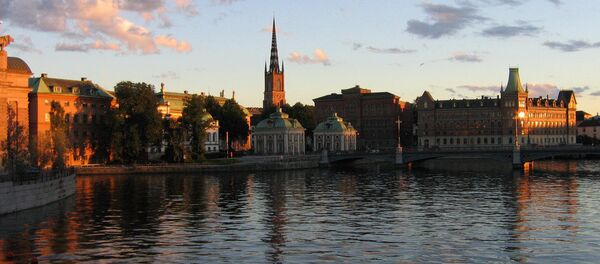"This group has increased greatly among our patients," Tove Marthin, chief physician at the Swedish Association for Child and Adolescent Psychiatry's (BUP) branch in the city of Linköping, said.
Although no specific statistics are currently being kept on refugee children, the number of patients with temporary IDs that are given to asylum-seekers has multiplied, Swedish Radio reported. According to Tove Marthin, the most common symptoms include suicidal thoughts and suicide attempts.
"They report anxiety, depression and withdraw from communication. They also have dark thoughts, nightmares and sleep problems," Marthin said.
"It has been seen before when people came from war. At first, you rejoice at obtaining greater security in your life. Then, all the dark symptoms kick in," Olinder said.
In late September, even Sweden's eastern neighbor Finland saw a spike in suicide attempts at asylum seeker reception centers. According to the Finnish Association for Mental Health, the incidents were an indication of the despair felt by asylum-seekers. Back in June, Finnish state broadcaster Yle reported that there had been suicide attempts at nearly half of the country's reception centers.
According to Outi Ruishalme, the head of the association's crisis operations center, many of the asylum-seekers who either committed or attempted suicide had been denied asylum in Finland. Ruishalme also noticed that this was a message that Finland should carefully review its immigration policy.
In Finland, which, like its Nordic peers, maintains one of the world's highest suicide rates, depression has become a heavy economic burden. One in five Finns is diagnosed with depression during their lifetime. In 2014, an estimated 37,000 Finns took an early retirement due to depression-related problems. Annual depression-related problems for the Finnish economy are estimated at two billion euros, Finnish national broadcaster Yle reported last year.





